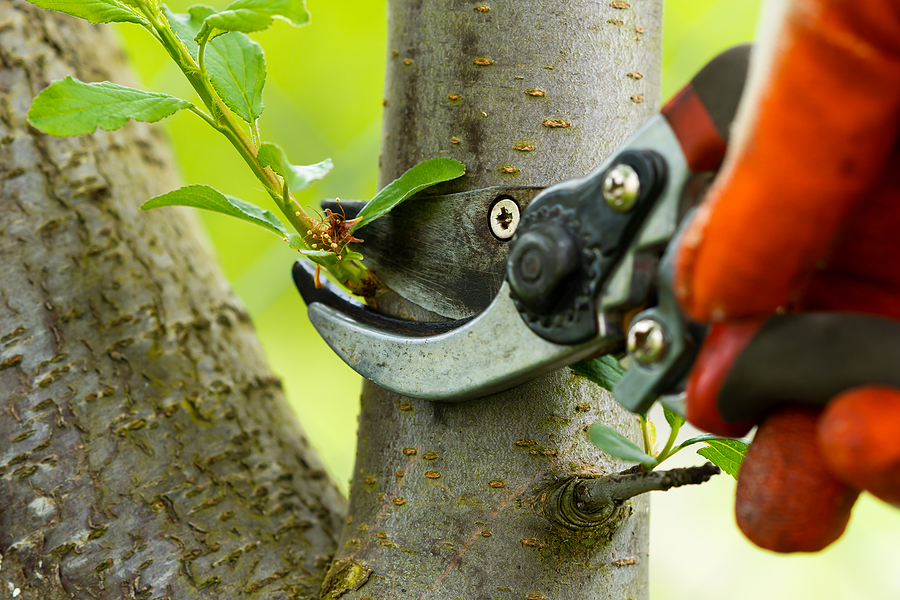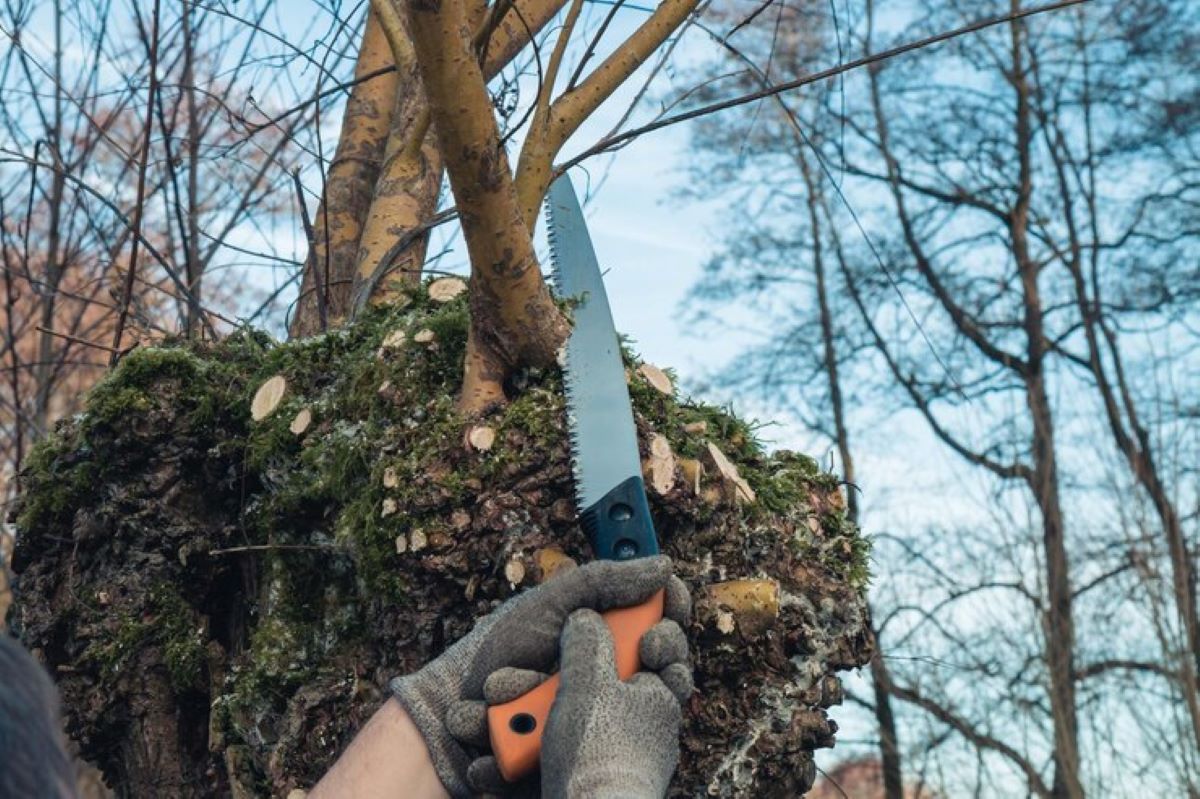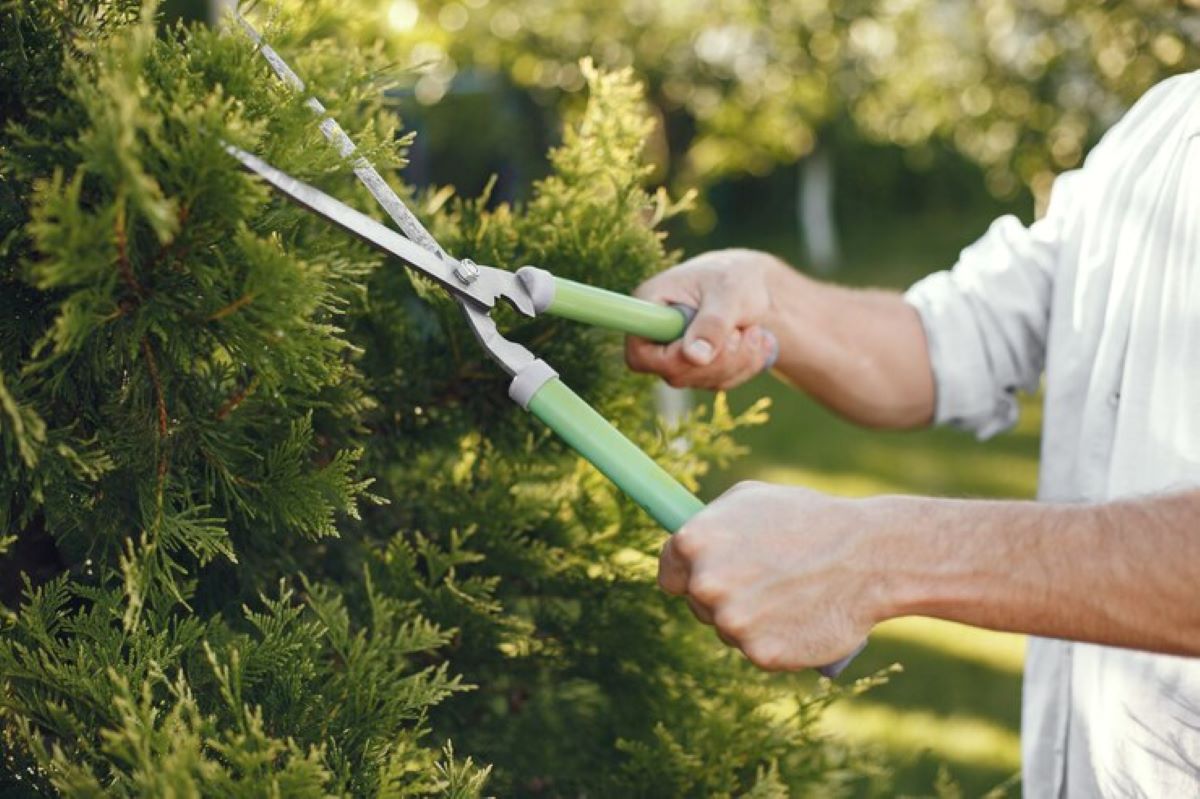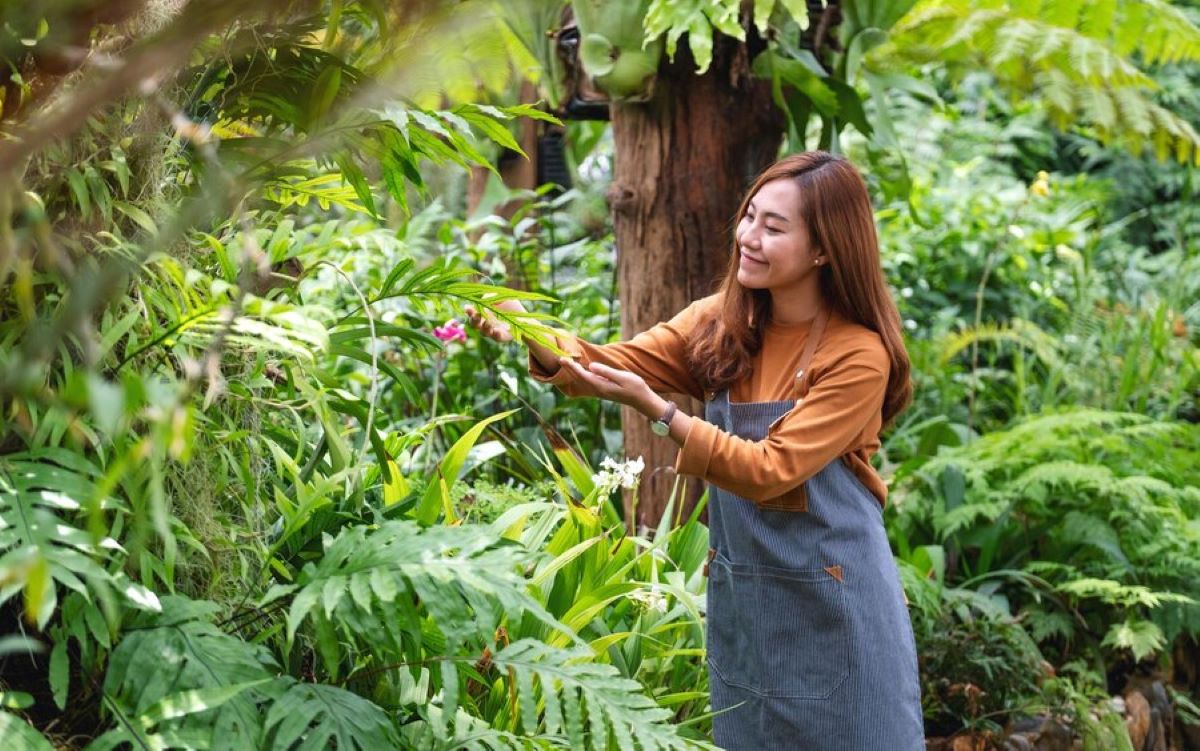Tree pruning is more than just a matter of aesthetics; it’s a crucial practice for maintaining the health and safety of your trees. Regular pruning helps trees grow stronger, healthier, and safer around our homes and public spaces. This article explores the importance of tree pruning and how it can enhance both tree vitality and safety.
Understanding the Importance of Tree Pruning
Tree pruning is an essential horticultural practice that can dramatically impact both the health of trees and the safety of nearby structures and individuals. By removing dead or overgrown branches, pruning allows more light and air to reach the center of the tree, promoting better overall health. This practice not only enhances the aesthetic appeal of the landscape but also contributes to a more vibrant ecosystem, as healthy trees can better support various forms of wildlife.
Moreover, regular pruning can help in identifying pests or diseases early, enabling timely intervention. This proactive approach is vital for maintaining a robust environment for both the tree and the ecosystem it supports. For instance, by recognizing signs of infestation or disease during a pruning session, tree caretakers can implement targeted treatments, thereby preventing the spread to other plants in the vicinity. Additionally, a well-maintained tree can serve as a natural habitat for birds and beneficial insects, further enriching the biodiversity of the area.
The Connection Between Tree Health and Pruning
The health of a tree is intricately linked to a proper pruning routine. Pruning encourages the tree to direct its resources toward new growth and healthy branches, which can improve its resilience against diseases and environmental stressors. This is particularly important in urban settings, where trees often face challenges such as soil compaction, pollution, and limited space for root expansion. By regularly pruning, you can help mitigate some of these stressors, allowing the tree to thrive despite its surroundings.
Well-pruned trees also show improved fruit production, flowering, and overall vigor. It’s a straightforward cause-and-effect relationship: healthier trees lead to healthier landscapes. For fruit-bearing trees, strategic pruning can enhance sunlight penetration and air circulation, resulting in larger and more abundant yields. Furthermore, the aesthetic benefits of well-shaped trees can increase property values and create inviting outdoor spaces for communities to enjoy.
Pruning for Safety: Minimizing Potential Hazards
Beyond health, safety is another compelling reason to prune your trees. Overgrown branches can pose significant hazards, especially during storms or high winds. Unattended, limbs might fall and cause damage to property or even dangerous injuries to people. This risk is particularly pronounced in areas where trees are in close proximity to homes, power lines, or pedestrian pathways. Regular pruning not only mitigates these risks but also fosters a sense of security for residents and visitors alike.
Through careful pruning, you can minimize this risk significantly. Ensuring that branches are appropriately spaced and maintained can aid in strengthening the tree’s structure, making it less likely to suffer from storm damage. Additionally, pruning can help in shaping the tree to allow for better clearance from structures and pathways, further enhancing safety. In some cases, consulting with a certified arborist can provide valuable insights into the best pruning techniques and schedules tailored to specific tree species, ensuring both safety and health are prioritized in your landscape management efforts.
The Science Behind Tree Pruning
Tree pruning is backed by science; understanding the physiological impacts of pruning on trees can enhance your approach and results. When done correctly, pruning doesn’t merely alter the appearance of a tree; it initiates a series of reactions within the tree’s structure.
How Pruning Promotes Tree Growth
Pruning removes unnecessary branches, which reduces competition for resources in the tree. This allows the tree to focus its energy where it matters most, promoting more vigorous growth in the remaining branches.
The act of cutting can also stimulate hormonal changes within the tree, leading to enhanced growth in specific areas. This is particularly beneficial when shaping the tree or directing growth in desired directions.
The Impact of Pruning on Tree Longevity
Another critical aspect of tree pruning is its role in extending the longevity of trees. By eliminating diseased or damaged branches, you prevent the spread of decay and pathogens that could severely weaken the overall health of the tree.
A well-pruned tree is less likely to suffer from structural weaknesses and is generally more balanced, which adds to the tree’s life expectancy. Investing time in regular pruning can lead to a flourishing tree that stands tall for generations.

The Right Time to Prune Your Trees
Knowing when to prune your trees is just as important as knowing how to prune them. The timing of your pruning efforts can significantly influence the health and effectiveness of the practice.
Seasonal Considerations for Tree Pruning
Different species of trees have varying optimal times for pruning. Generally, late winter or early spring is the best time to prune many deciduous trees as they are still dormant. This minimizes stress and encourages robust new growth when spring arrives.
However, some trees, such as spring-flowering varieties, may benefit from pruning immediately after their blooms fade. Understanding the specifics of your tree species will ensure the best results.
Signs Your Tree Needs Pruning
Recognizing when to prune is essential for maintaining tree health. A few clear indicators include dead or broken branches, excessive cross-branching, and a general imbalance in the tree’s structure.
If a tree’s growth is obstructing pathways or power lines, pruning may also be necessary for safety. Regularly inspecting your trees will help you catch these signs early, promoting timely action.
Pruning Techniques for Healthier Trees
To achieve the best results, familiarize yourself with various pruning techniques that cater to the needs of different trees. Whether you’re new to tree care or have extensive experience, understanding these techniques can make a significant difference.
Basic Pruning Techniques for Beginners
For beginners, the three main techniques to focus on are crown thinning, crown raising, and crown reduction. Crown thinning involves removing some branches to increase light penetration and air circulation, which is essential for tree health.
Crown raising refers to removing lower branches to enhance clearance above paths and driveways, while crown reduction reduces the overall height of the tree, maintaining its health without losing its natural shape.
Advanced Pruning Techniques for Mature Trees
Mature trees often require more specialized techniques. Advanced methods include the use of heading cuts to redirect growth, selective pruning to target specific branches, and structural pruning to enhance the natural shape of the tree.
Players should also be aware of the timing and extent of these cuts, as a mature tree may respond differently than younger trees. Consulting with an arborist can provide valuable insights into advanced pruning techniques.
See Also : The Benefits of Professional Green Waste Removal for Your Property
Mistakes to Avoid When Pruning Your Trees
While pruning is crucial, it’s equally important to avoid common mistakes that can hinder your efforts or harm the tree. Recognizing what to avoid will help you become a more effective tree caretaker.
Common Pruning Mistakes and Their Consequences
One of the most common mistakes is improper timing. Pruning at the wrong season can stress trees and lead to poor growth. Another frequent issue is making cuts too close to the trunk, which can open the tree to diseases.
Neglecting to clean your tools can also introduce pathogens to your trees. Always disinfect pruning shears before use to maintain tree health.

How Over-pruning Can Harm Your Trees
Over-pruning is a significant concern that can have devastating effects on a tree’s health. Removing too much foliage can lead to shock, stunted growth, and even death. It’s critical to maintain a balance, ensuring that enough leaves remain for photosynthesis.
A good rule of thumb is to remove no more than 25% of a tree’s foliage in any single pruning session. This conservative approach fosters healthy regrowth and maintains the tree’s natural look.
In conclusion, tree pruning is a fundamental aspect of tree care that benefits both the trees and their surroundings. By understanding the importance, timing, techniques, and common mistakes, you can significantly improve the health and safety of your trees. Happy pruning!



